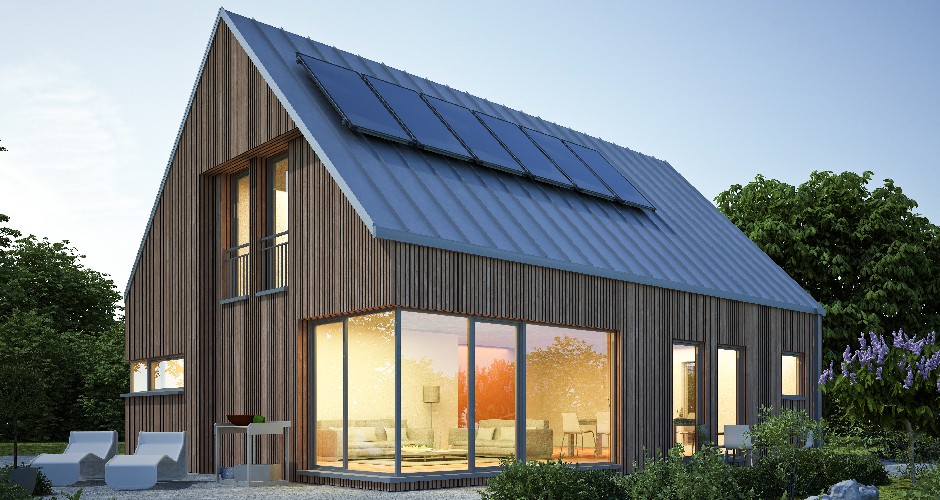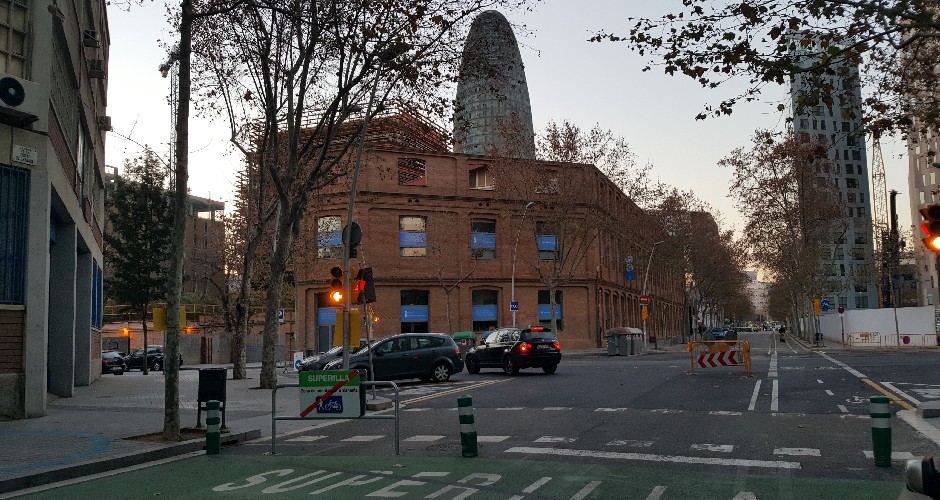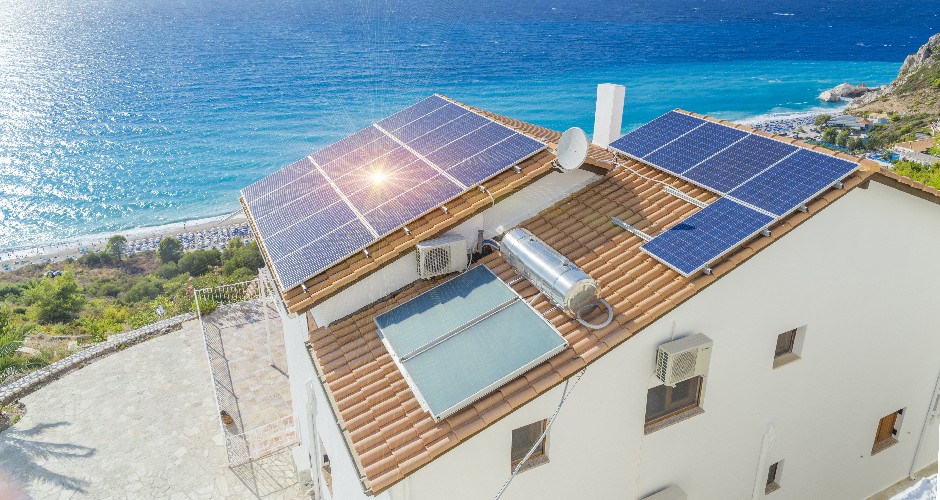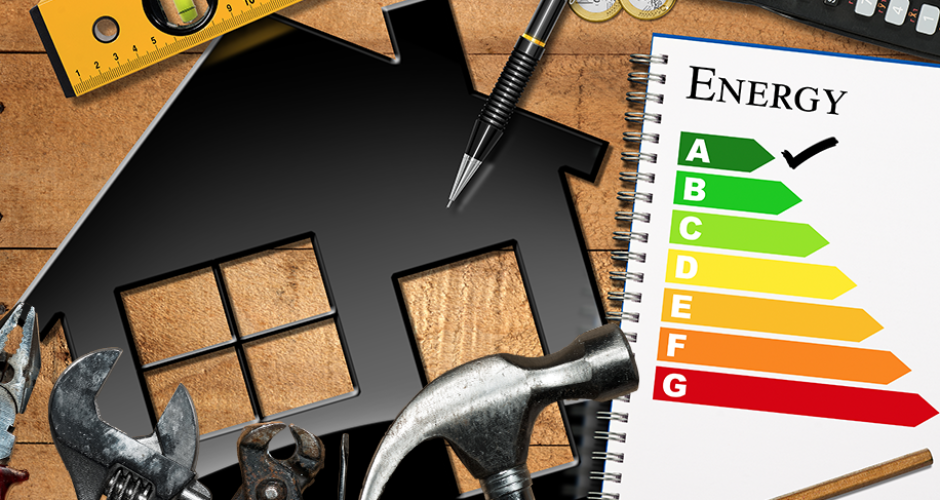This is the construction of ecological houses in Spain

Although in Spain, the sector of construction of ecological housing has made great progress, it is still quite far from fulfilling the European standard. For that matter, starting December 31st, 2020, nearly zero energy consumption will be required for all private building and renovations.
Building more efficiently and sustainably is becoming less of an option for a few and more of an obligation. It is not only the obligatory nature that makes the construction of these types of houses grow, but also people’s conviction and respect for the environment. However, the Public Administrations could be more active in promoting the trend and acquiring a firmer commitment to this new way of building.
One of these trends is the Passivhaus building standard that uses passive criteria to improve the energy efficiency of homes and buildings. This standard offers excellent interior comfort combined with very low energy consumption through enveloping care, insulation, sealing and ventilation. This standard is not the only one but it is the most popular. In addition to the Passivhaus, there are other certifications like Leed or Breeam.
The climatic characteristics of Spain make it necessary to adapt the Passivhaus standard because it is a technology coming from and created for central European climates where the great advantage of buildings consists in lowering heating costs. It has been demonstrated that the adaption of Passivhaus to the warm climate is excellent because it also helps reach a comfortable temperature despite the outdoor weather. There are buildings built using this standard in Dubai, Mexico, Singapore and California.
If in the beginning, passive or sustainable homes were very few isolated houses, they are now being built as apartments, offices, schools, hotels and health facilities.
On an economic level, the cost to build in a sustainable manner increases by between 3 and 8%, but in a period of 5 to 10 years, this extra cost is redeemed due to the savings in energy bills. The energy savings of a passive building in comparison to a conventional one is up to 90% according to the PEP (Passivhaus Building Platform).
Public Administrations of various Autonomous Communities have started to build public buildings using these standards. The use and implementation of this way of building is just a matter of time because, whether for obligation or conviction, it will be the way to build in the future.



